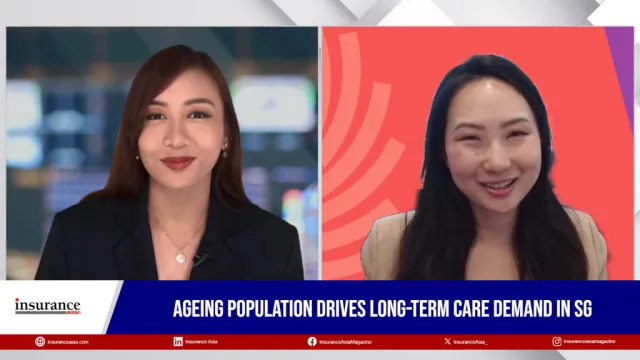
Japan’s insurance sector sees stability amidst premium boom
Premium income has increased over the past two years.
Japan’s life insurance segment will keep a stable outlook, thanks to growth in premium income, stable core profits, diversification strategies, and a smooth transition to a new solvency regime, AM Best said.
Premium income has increased over the past two years, driven by single-premium savings-type product sales.
The demand for these products, especially foreign currency-denominated ones, surged in 2022 due to higher foreign interest rates.
In 2023, sales of yen-denominated products also grew following the Bank of Japan’s (BOJ) March interest rate hike, marking an end to eight years of negative rates. Despite Japan’s shrinking and ageing population, total annualised premiums of policies in force have remained stable.
However, AM Best notes that growth in savings-type product sales may be temporary and vulnerable to interest rate fluctuations.
Whilst these products contribute to premium income, their narrow profit margins limit their impact on insurers’ bottom lines.
Core profits improved significantly in fiscal year 2023, supported by lower COVID-19-related benefit payments and higher investment income. The latter was boosted by the weaker yen and increased returns from foreign bonds.
Japanese life insurers also shifted investment strategies, purchasing more long-term Japanese Government Bonds (JGBs) as domestic interest rates rose whilst reducing hedged foreign bond holdings.
AM Best expects higher JGB yields to benefit investment income in the medium term, though risks remain from market volatility, particularly in equities and foreign exchange.
Insurance-related gains recovered in 2023 but are projected to decline in fiscal year 2024 due to rising operating expenses, including personnel and system upgrades.
In response to demographic challenges, major Japanese insurers are diversifying by expanding into new markets and adjacent business areas such as retirement solutions and employee benefits.
The Financial Services Agency (FSA) will introduce the Insurance Capital Standard (ICS) in fiscal year 2025. This economic value-based solvency regime will assess assets and liabilities at market value.
AM Best expects Japan’s life insurers, with Economic Solvency Ratios (ESR) averaging 200%, to meet the ICS requirements comfortably.
The transition is expected to enhance risk management, transparency, and global competitiveness.



















 Advertise
Advertise








